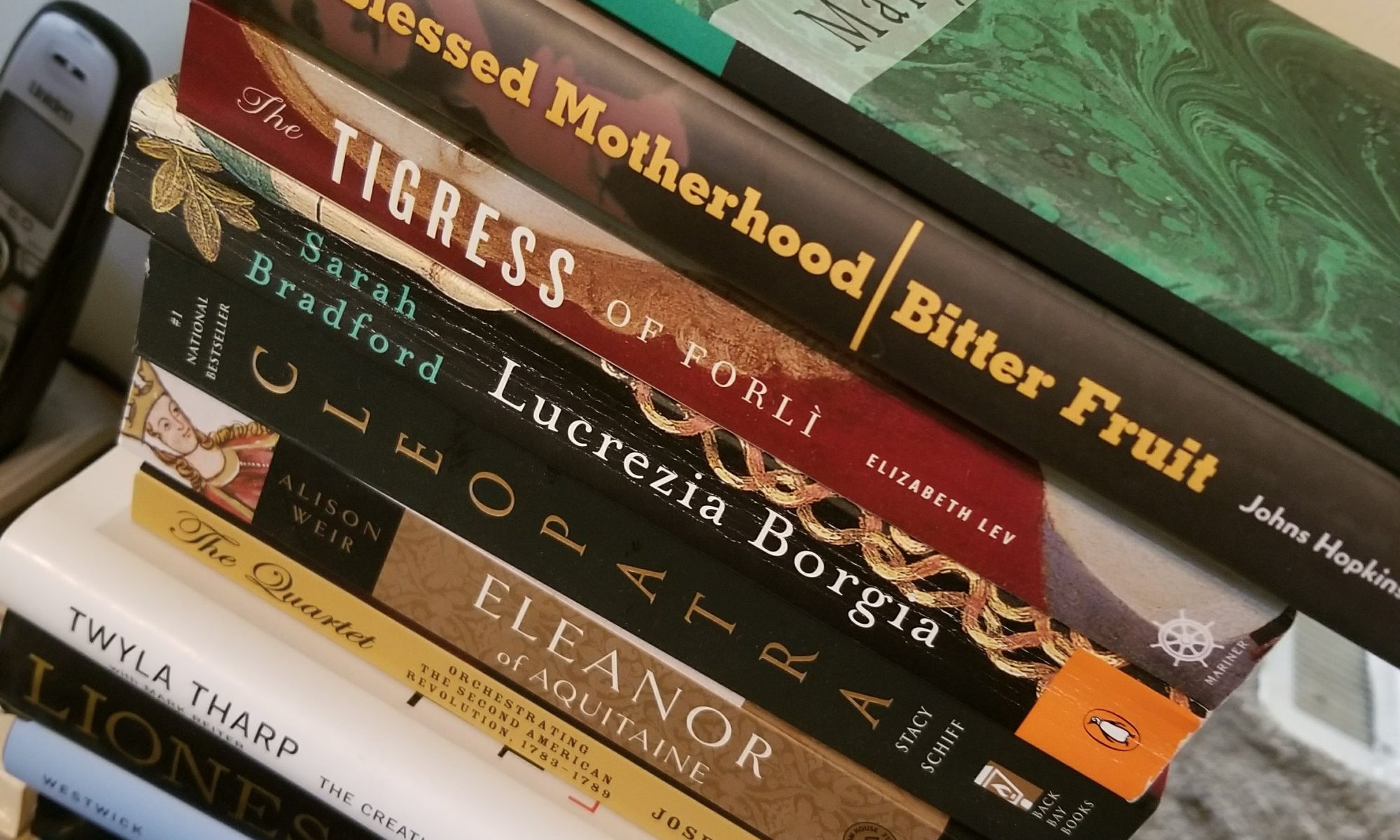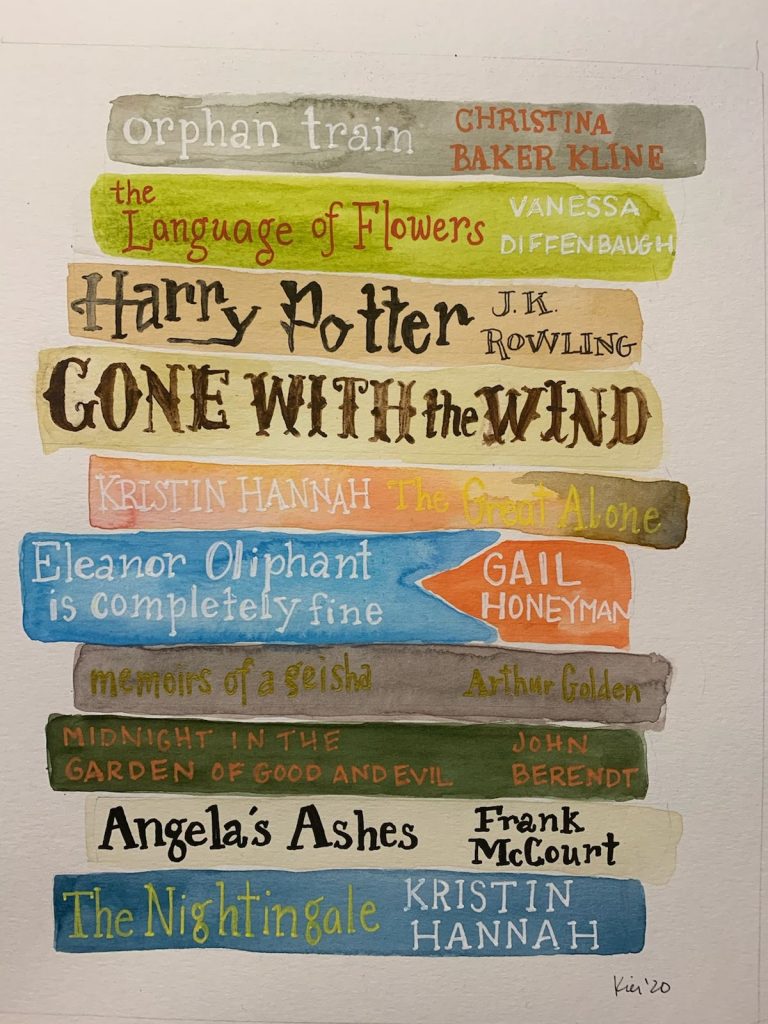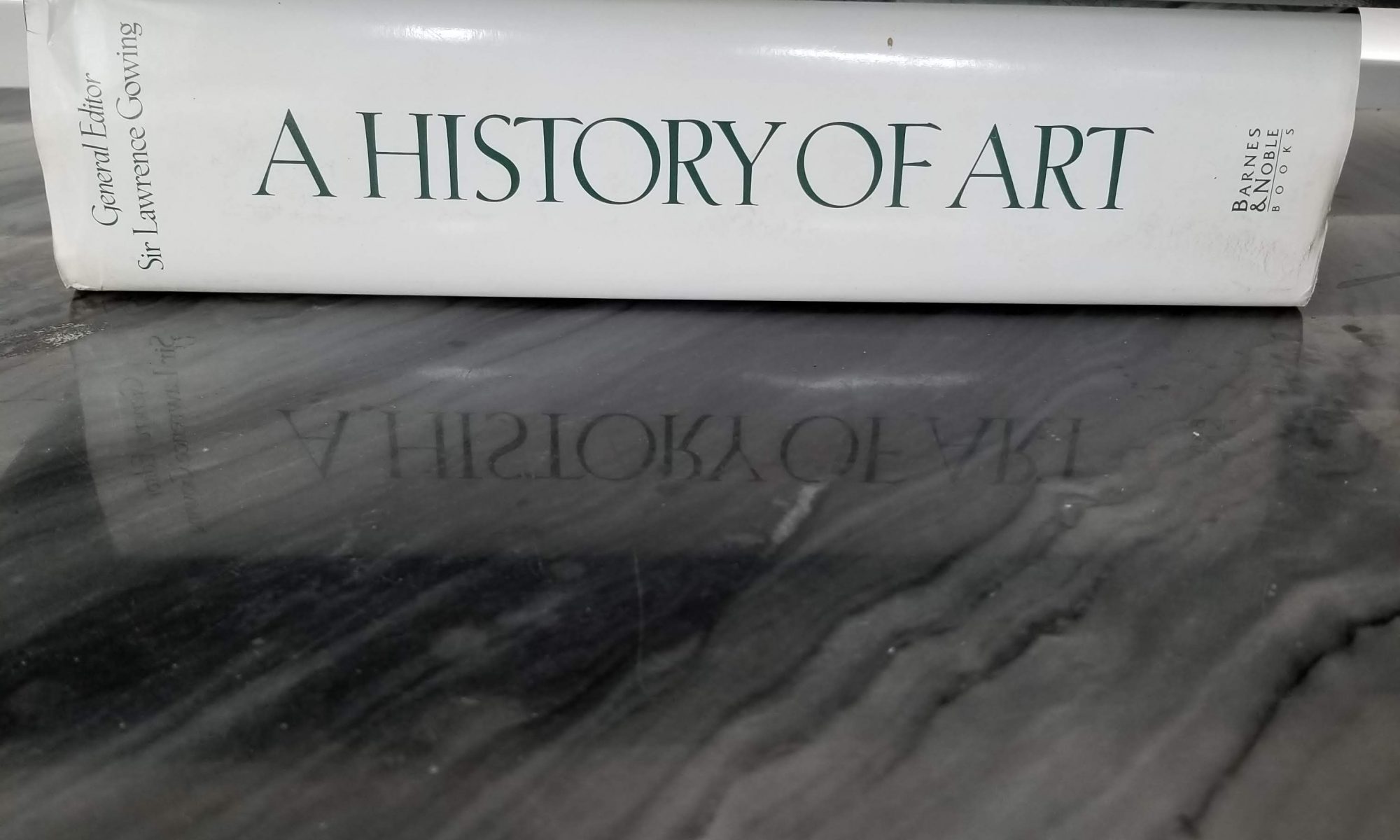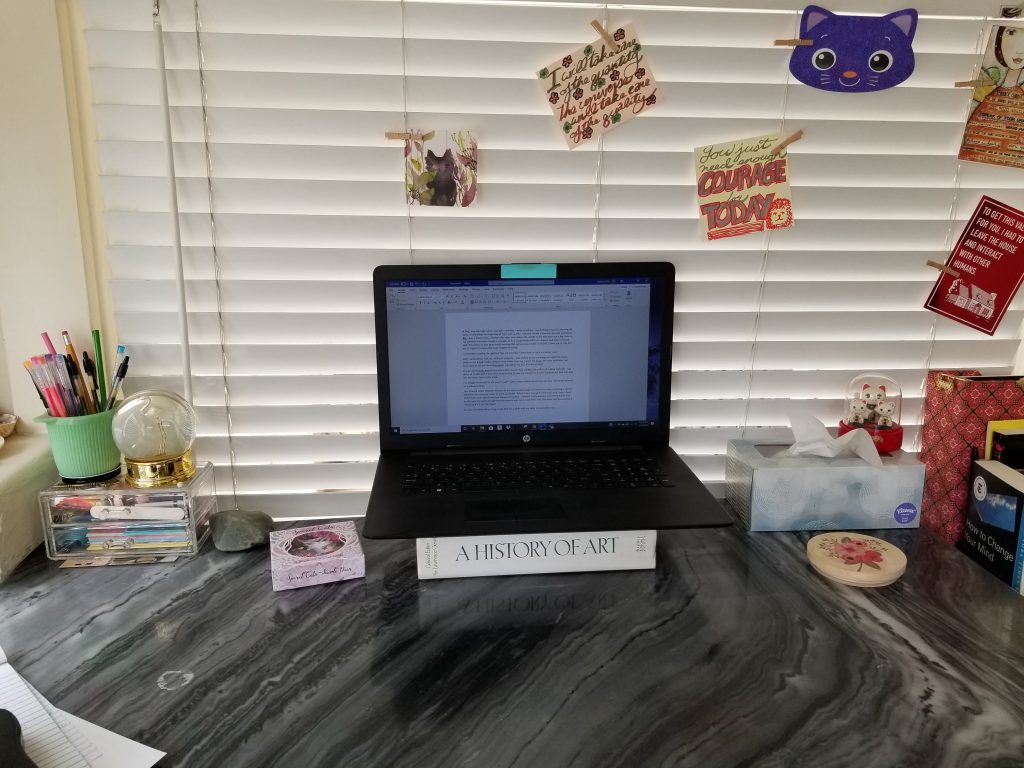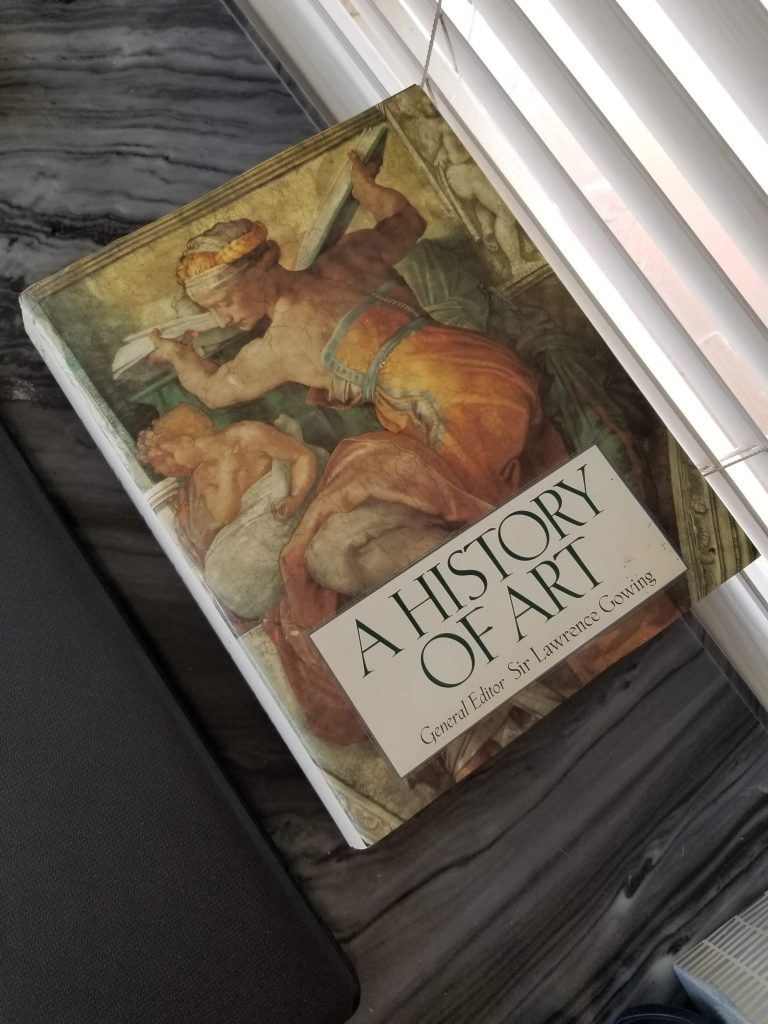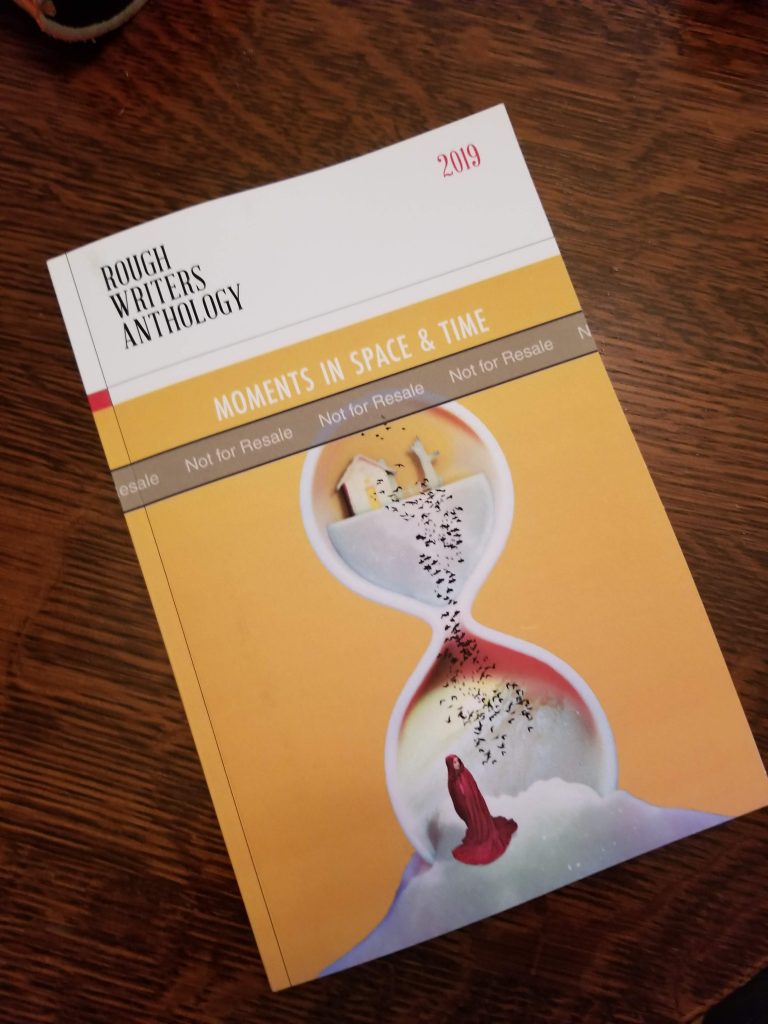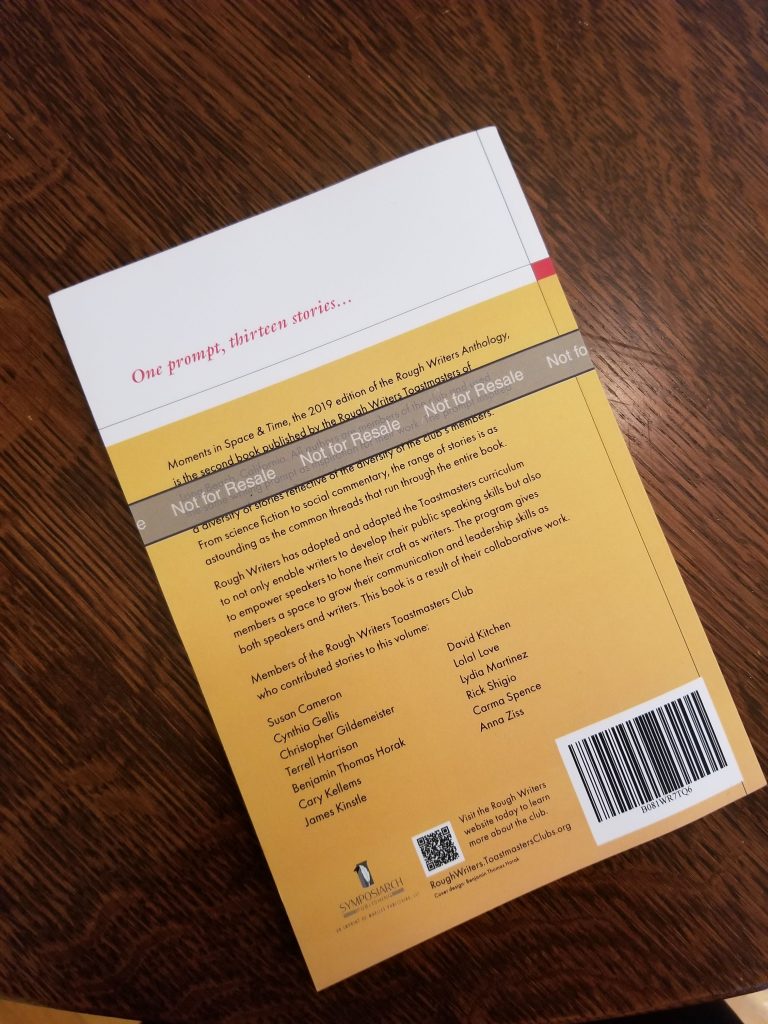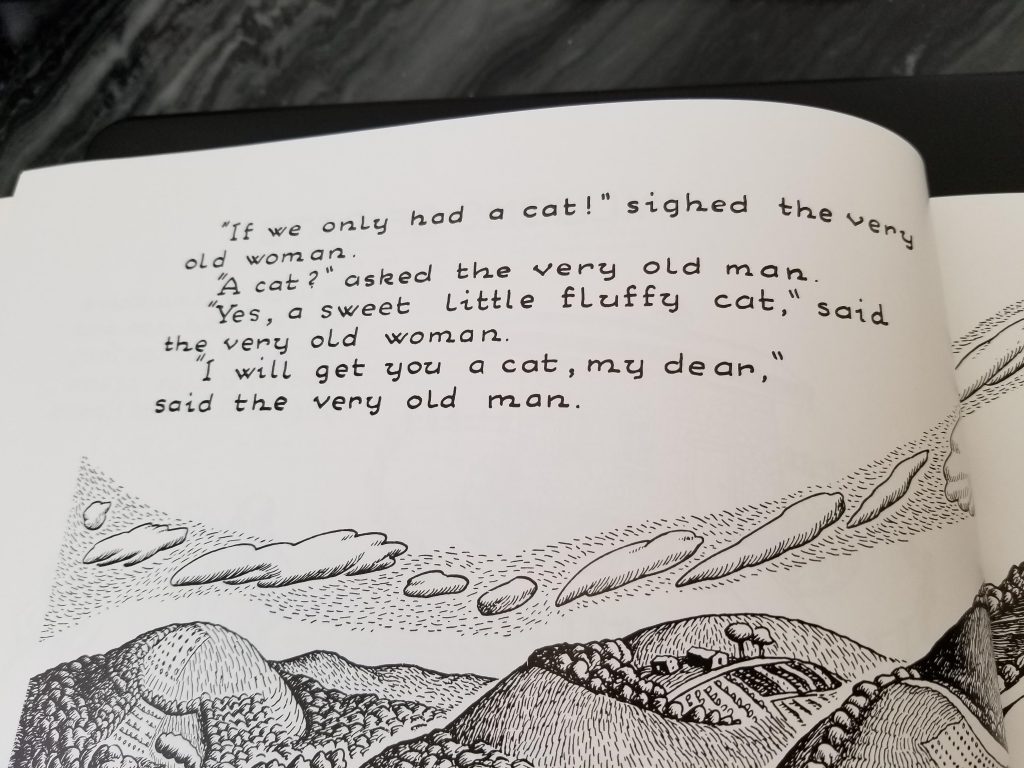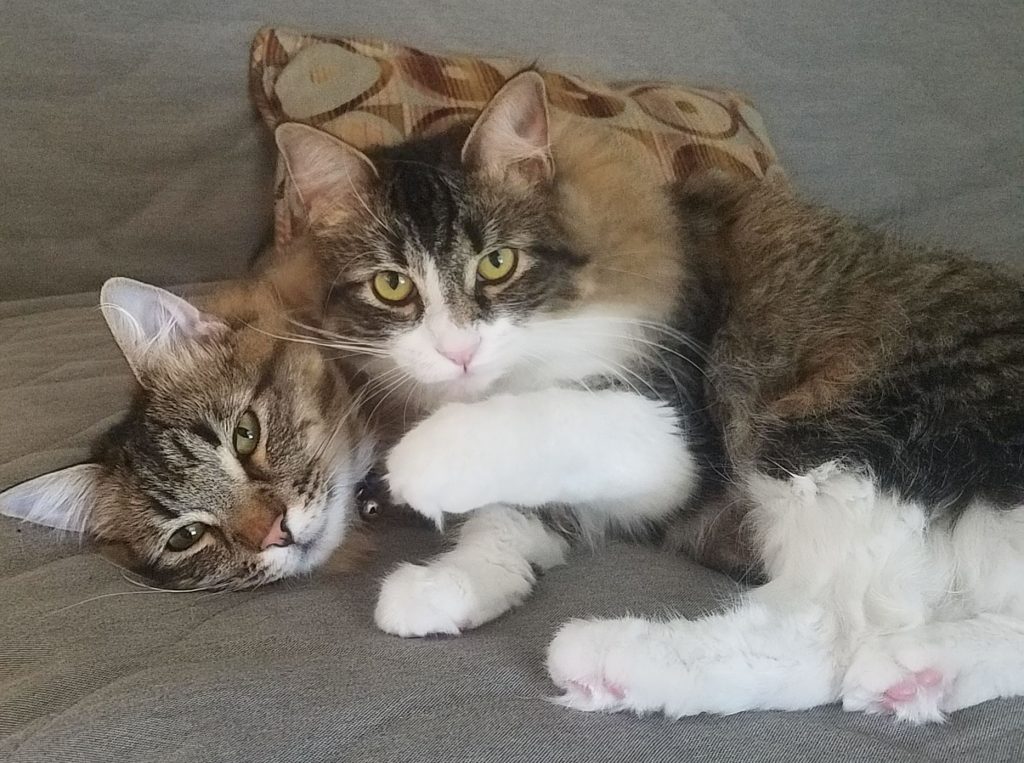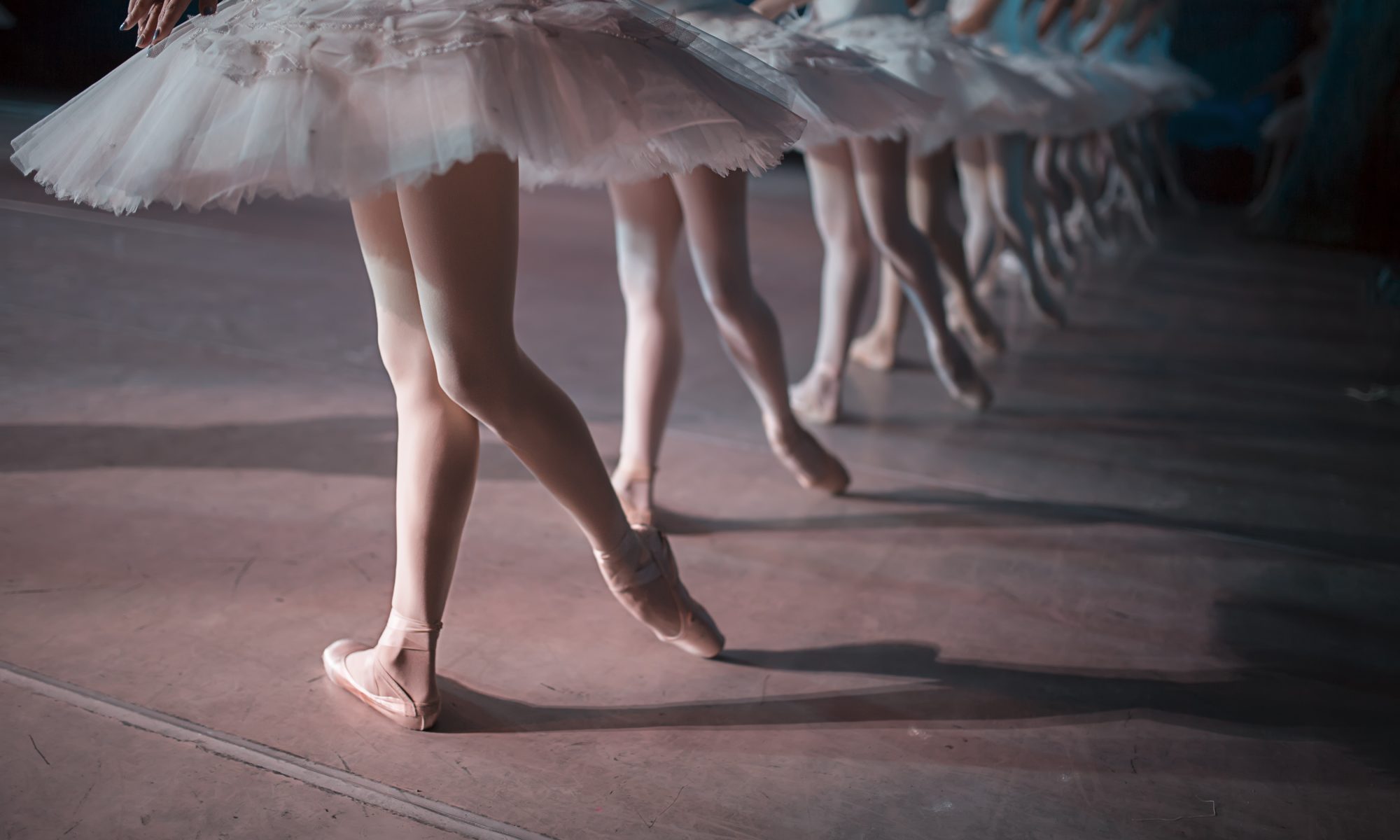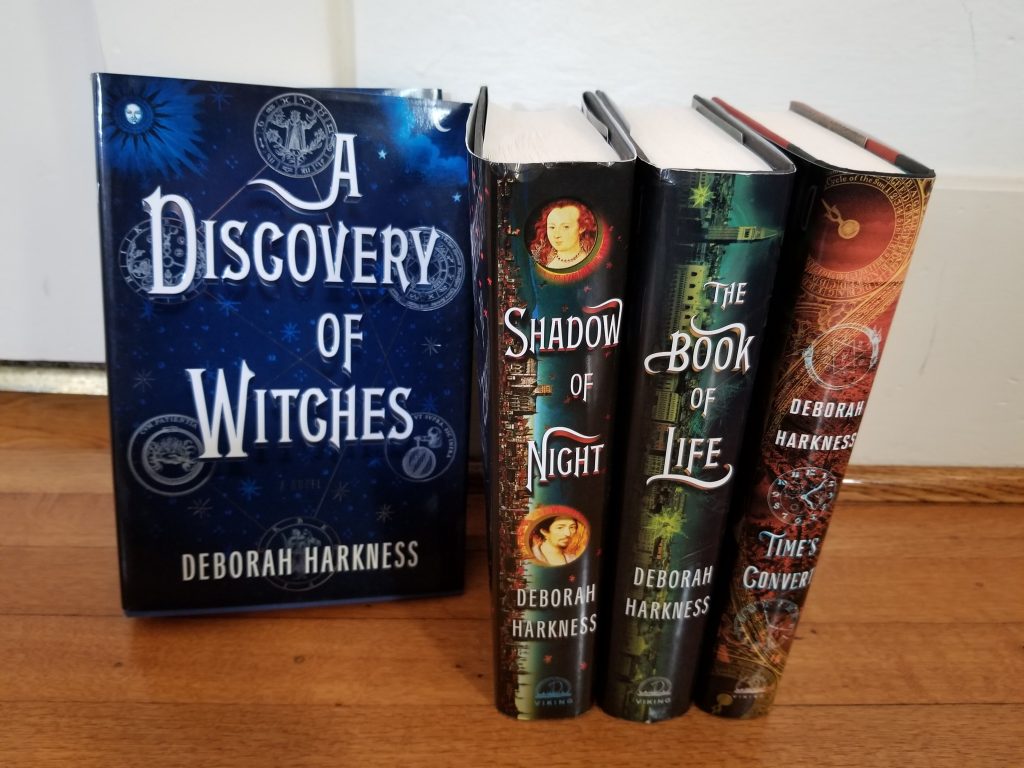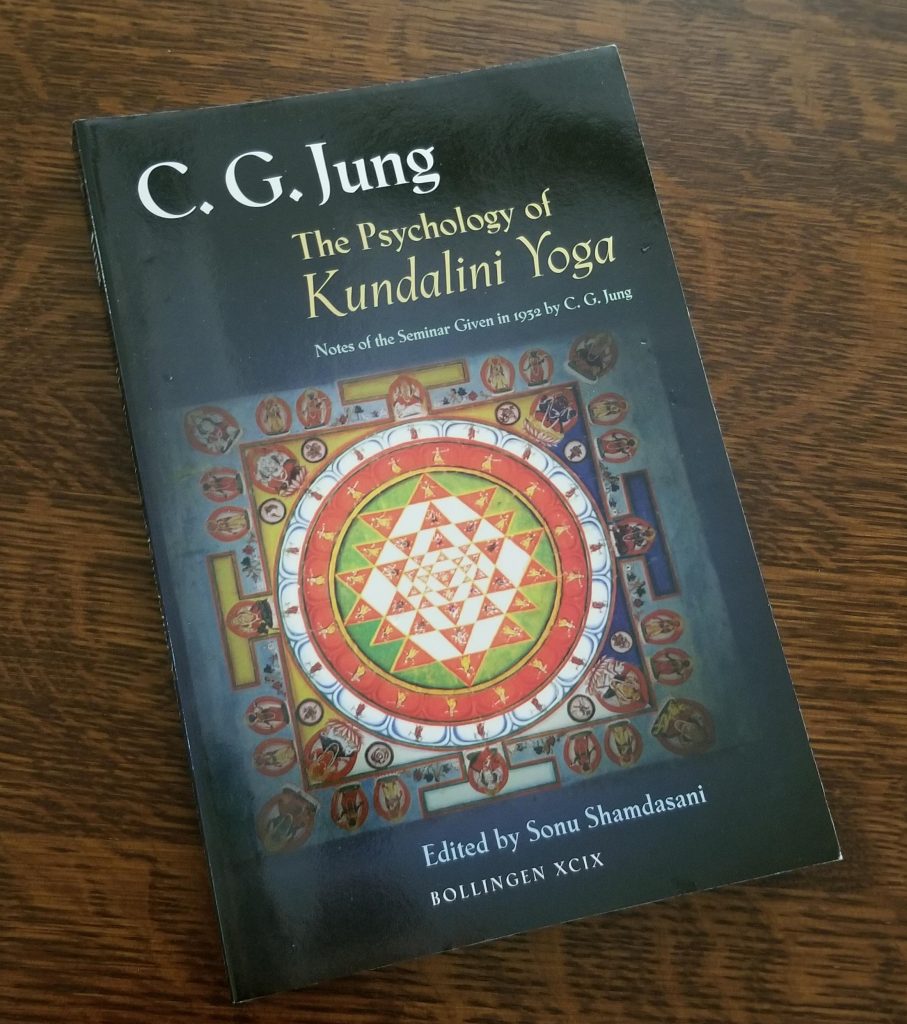Since today is National Authors Day, I thought what better time to get back to writing my blog after an unexpectedly long hiatus.
One thing I love even more than reading is talking about what I’ve read with other lovers of reading. I feel an instant bond when I discover someone who has the same passion for a certain author; those people have a very special place in my heart. I also love when someone can turn me on to an author who I haven’t read before or give me a good reason to reconsider one who I had dismissed.
So, let’s take this opportunity to talk about authors and National Author’s Day!
What is National Author’s Day?
The purpose of National Authors Day is to take a moment to appreciate those authors who have written some of your favorite works.
The philosopher Michel Foucault once asked, “What is an author?” What is provocative about that question is that maybe someone who you would think of as an author – Homer for example, never actually wrote anything down. The Merriam-Webster Dictionary defines an author as, “the writer of a literary work (such as a book),” but also as “one that originates or creates something.”
An author (who writes things down) whose work I appreciate, Stephen Kotler, likes to say that reading books gives you the most bang for your buck, so to speak, because the amount of time that has gone into researching, synthesizing, and presenting the information in a book is exponentially greater than the time it takes to read it. Books are like a superfood.
Although someone doesn’t necessarily need to write a book to be an author, for our purposes today, it may be more fun to think about those who do.

The History of National Authors Day
Unlike many this-or-that days, National Author’s Day actually has an interesting history. In 1928, Nellie Verne Burt McPherson, the president of the Illinois Women’s Club sent a letter of appreciation to the author of a book she had just read. The author responded and that exchange inspired her to establish an official day, “… to recognize all the people who have contributed to American literature.”
In 1929 the General Federation of Women’s Clubs approved observance of National Authors Day as a way to recognize American authors. The day was acknowledged by the U.S. Department of Commerce in 1949.
Some of My Favorite Authors and Books
For the sake of getting the conversation started, here are some authors of books who I appreciate:
- Ken Kesey, Sometimes A Great Notion.
- Kurt Vonnegut
- Barbara Kingsolver’s early work like The Bean Trees and Animal Dreams.
- Deborah Harkness’s Witches Trilogy (it’s up to four books, I’m eagerly awaiting the fifth).
- Elizabeth Gilbert, City of Girls (no, I didn’t know she wrote fiction either, but she does, and you should read it).
- Benjamin Dreyer, Dreyer’s English: An Utterly Correct Guide to Clarity and Style. Yes, I read grammar books cover to cover. This one made me laugh out loud on multiple occasions.
- Sylvia Plath. I just recently read The Bell Jar for the first time and I have a lot to say about how much I loved it.
- Larry McMurtry. I may have actually read almost everything he’s written. If you haven’t read any of his books already, start now.
“The inconvenient – even distressing – lack of a Wanda means that I’m apt to be writing a one-character book, that one character being someone I have only a modest and flickering interest in: myself.”
Larry McMurtry, Roads: Driving America’s Great Highways, p.22.
National Author’s Day Activities
If you’re feeling up for celebrating National Author’s Day with me, here are some suggested activities:
- Tweet at your favorite author (or just follow them on Twitter – it is one of the best uses of the platform as far as I’m concerned).
- Buy yourself a new book or give one of your favorites to a friend.
- Be your own author, write something! (November also happens to be National Novel Writing Month, aka: NaNoWriMo.)
In celebration of National Authors Day, thank you for reading this post!
Also, if you would care to share, I would love to know some of your favorite authors and why.

